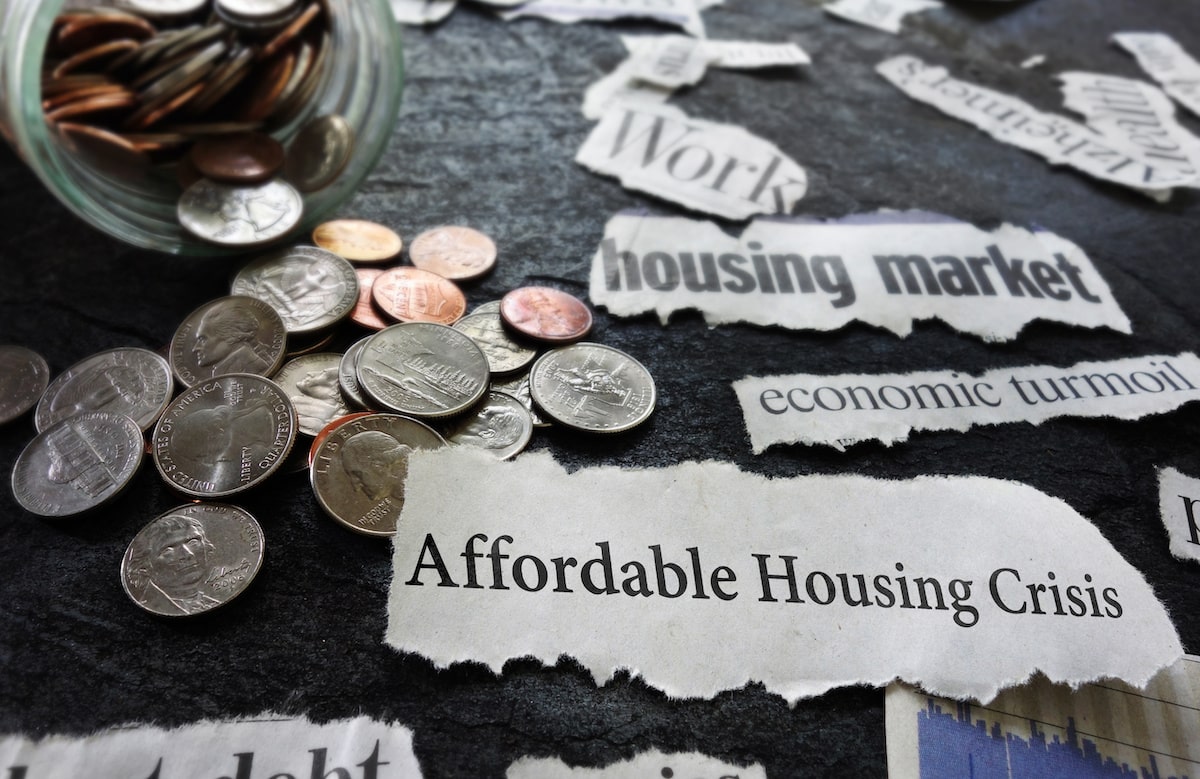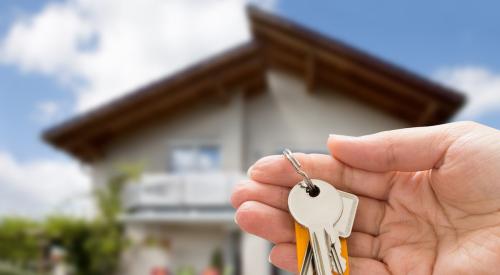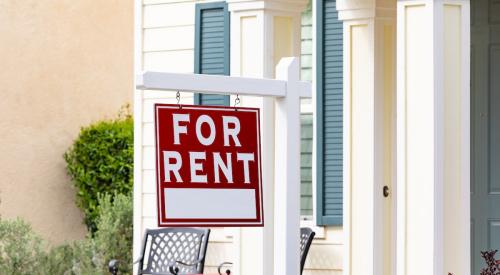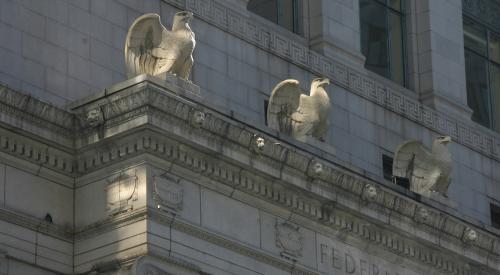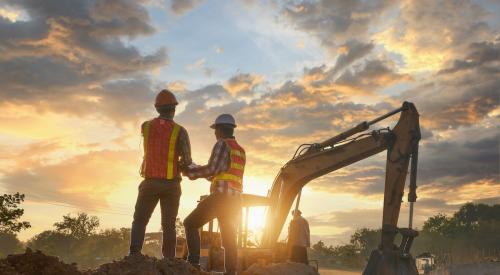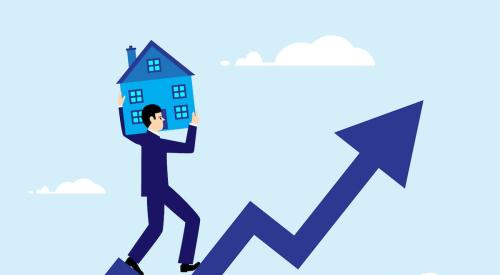After monthly increases in the Consumer Price Index with a 0.9% rise in October, the pace of inflation has hit a 31-year high, Realtor.com reports. More Americans could potentially be priced out of the housing market as mortgage rates continue to outpace median household income.
In early November, the Rules Committee of the House of Representatives released the latest version of the Build Back Better Act, which would allocate over $150 billion in funding to affordable housing and community development programs. Though the Build Back Better Act would be the largest federal investment in affordable housing, policy experts and economists say the spending plan isn’t guaranteed to reduce inflation and may not address supply issues to counteract high demand.
The primary reason why prices are rising for both home buyers and renters is that the country faces a housing supply shortage. A report from the National Association of Realtors found that 12.3 million new households were formed across the country between 2012 and June 2021. During that time though, construction was completed on only 7 million single-family homes.
The gap between home construction and household formation has actually worsened between 2019 and 2021. If household formations were to continue at the average rate from the past five years, home builders would need to complete triple as many homes as their average rate to close that gap in the next five to six years.
“On balance, most of the $156 billion is aimed at addressing shortcomings on the demand side of housing,” said George Ratiu, manager of economic research at Realtor.com. “The funds designated toward the supply side are fewer, and the bill does not directly target the root cause of our current housing shortage, which is the insufficient affordable new homes.”
